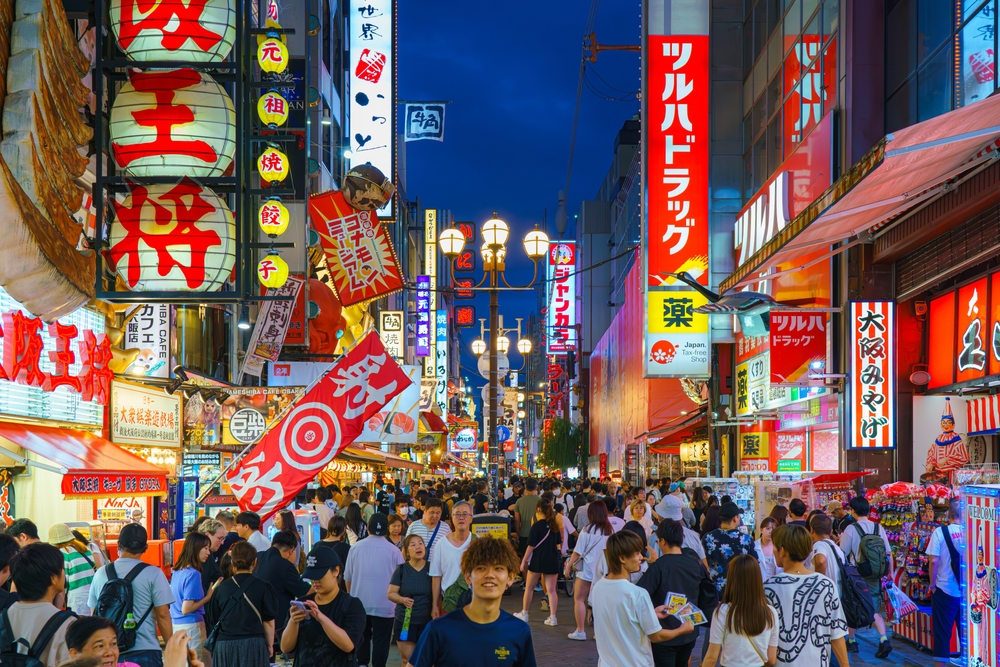
Overview
Indian tourists are increasingly investing in their travel to Japan, exhibiting a per capita travel expenditure of 241,590 Japanese yen (around INR 1.45 lakh). This represents a striking 53.6% increase compared to the year 2019.
 Osaka, Japan
Osaka, Japan
A noteworthy trend is the impressive average stay duration of 16.3 nights, reflecting a greater desire among Indian travelers to truly engage with Japan’s cultural and lifestyle offerings. In total, around 233,000 Indian visitors were recorded in 2024, contributing to a total spending of approximately 56.1 billion Japanese yen (approx. INR 3,366 crore) within Japan’s tourism sector.
Visitor Insights
According to JNTO’s report, 64.9% of these tourists were first-time visitors, signaling increasing popularity and satisfaction among Indian travelers, who generally prefer the classic tourist route which includes major cities like Tokyo, Osaka, Kyoto, and Hiroshima. In addition to these popular destinations, Japanese tourism authorities are urging visitors to explore regional areas to undercut congestion at typical tourist spots, ensuring a rich and diverse experience.
Travel Patterns
In terms of travel motivations, 41.8% of visitors traveled for leisure, 14.7% for business, while 8.4% visited to see friends and family. Notably, the data points to MICE (Meetings, Incentives, Conferences, and Exhibitions) tourism as a growing sector, reflecting an expanding interest in corporate travel opportunities across newer regions.
Booking Preferences
A significant 86.9% of leisure travelers opt to arrange their trips independently, favoring customized pre-arranged packages that cover essentials like flights and accommodations while allowing personal flexibility. This suggests a growing trend in independent travel confidence among Indian visitors.
The increase in Indian tourists has also extended into 2025, with early data revealing over 62,100 Indian arrivals just in the first quarter, marking a 24.8% increase from previous years. The burgeoning interest is especially pronounced during the winter months, particularly in popular snow regions like Hokkaido, driven by India’s attraction to Japan’s famed cherry blossoms and rich seasonal beauty.
Conclusion
Overall, the India Pavilion-Bharat at Expo 2025 in Osaka showcases India’s cultural richness and achievements, further enhancing the ties between the two countries amidst this tourism surge. Through experiences like the serene Lotus Courtyard and innovative exhibits, visitors encounter a blend of India’s heritage and modernity.
